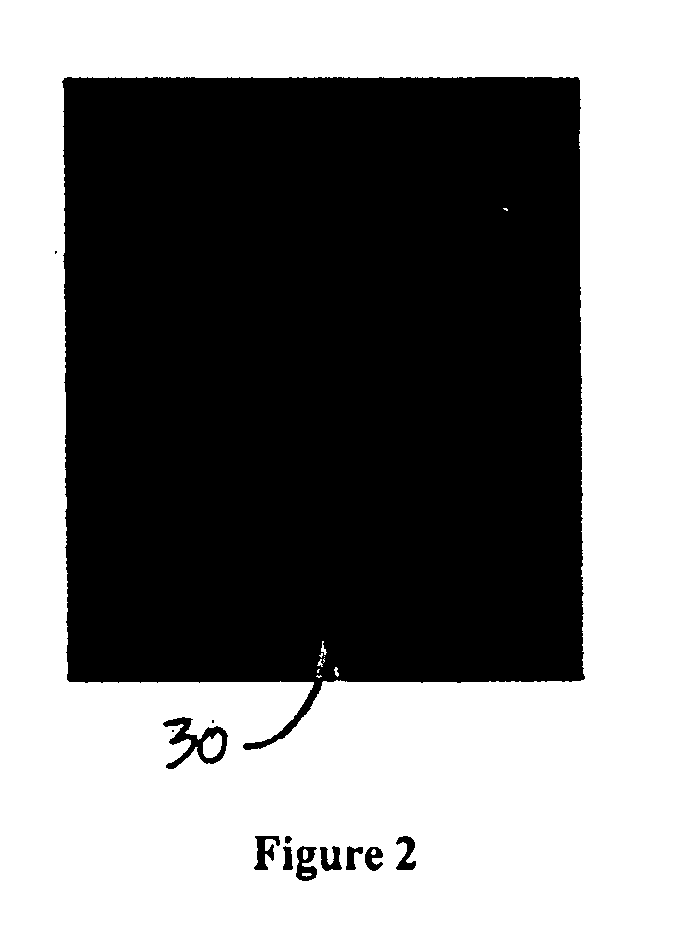Method and apparatus for electrostatic spray deposition for a solid oxide fuel cell
a fuel cell and electrostatic spray technology, applied in the direction of cell components, final product manufacturing, sustainable manufacturing/processing, etc., can solve the problems of not being 100% or completely dense, requiring post-process annealing, and the category 1 process lacks the required quality associated with deposit microstructure, etc., to achieve good control of the morphology of the deposited layer, simple set-up, and large film growth ra
- Summary
- Abstract
- Description
- Claims
- Application Information
AI Technical Summary
Benefits of technology
Problems solved by technology
Method used
Image
Examples
Embodiment Construction
[0039] YSZ deposition can be conducted using suspensions of YSZ powder in organic fluids. ESD is a versatile technique that can be adapted to both solutions and suspensions or emulsions, and to various organic and mixed aqueous / organic solvents or electrolyte solutions. For YSZ depositions, there are two main possibilities. One possibility is to use spray deposition from a solution of a precursor. Another possibility is to use colloidal or near-colloidal suspensions of YSZ or of yttria and zirconia separately. Each approach has its own merits.
[0040] In one embodiment of this invention, a colloidal suspension of YSZ is used. Advantages of ESD using a colloidal solution include: (1) that no chemical reaction occurs during the dispersion and deposition process, and thus optimization of operating conditions is simpler and the chemical composition of the deposit is a priori uniform; (2) that low-temperature operation is adequate because breakdown or reaction of precursors, requiring hig...
PUM
 Login to View More
Login to View More Abstract
Description
Claims
Application Information
 Login to View More
Login to View More - R&D
- Intellectual Property
- Life Sciences
- Materials
- Tech Scout
- Unparalleled Data Quality
- Higher Quality Content
- 60% Fewer Hallucinations
Browse by: Latest US Patents, China's latest patents, Technical Efficacy Thesaurus, Application Domain, Technology Topic, Popular Technical Reports.
© 2025 PatSnap. All rights reserved.Legal|Privacy policy|Modern Slavery Act Transparency Statement|Sitemap|About US| Contact US: help@patsnap.com



